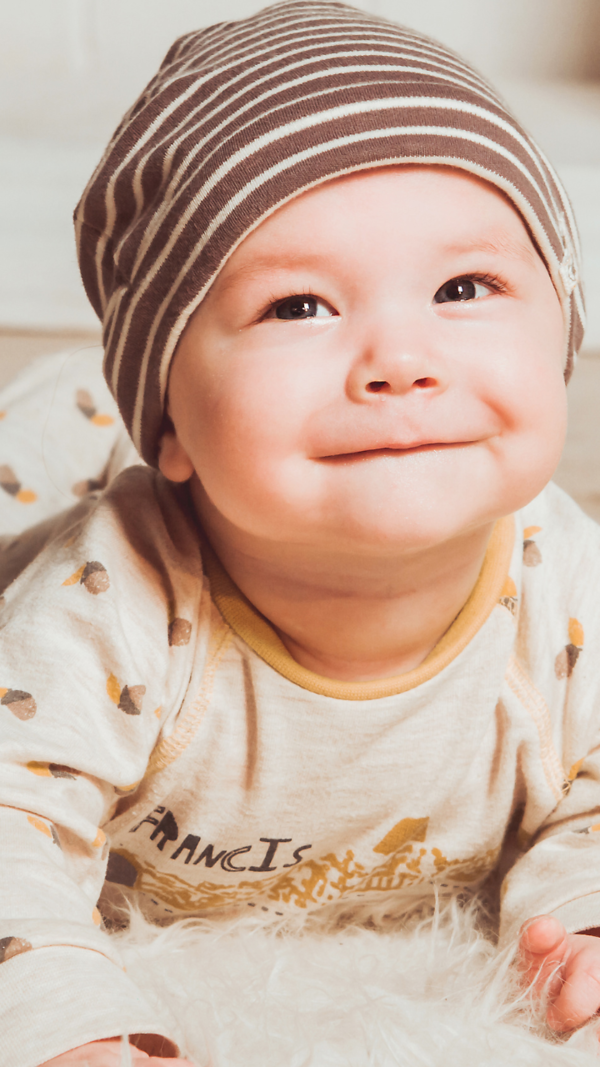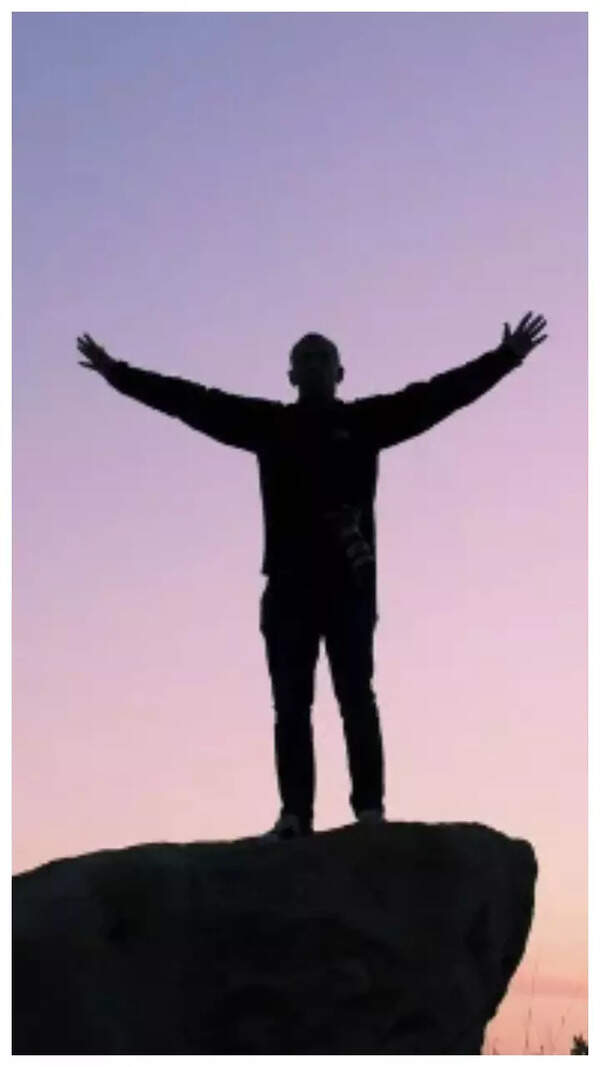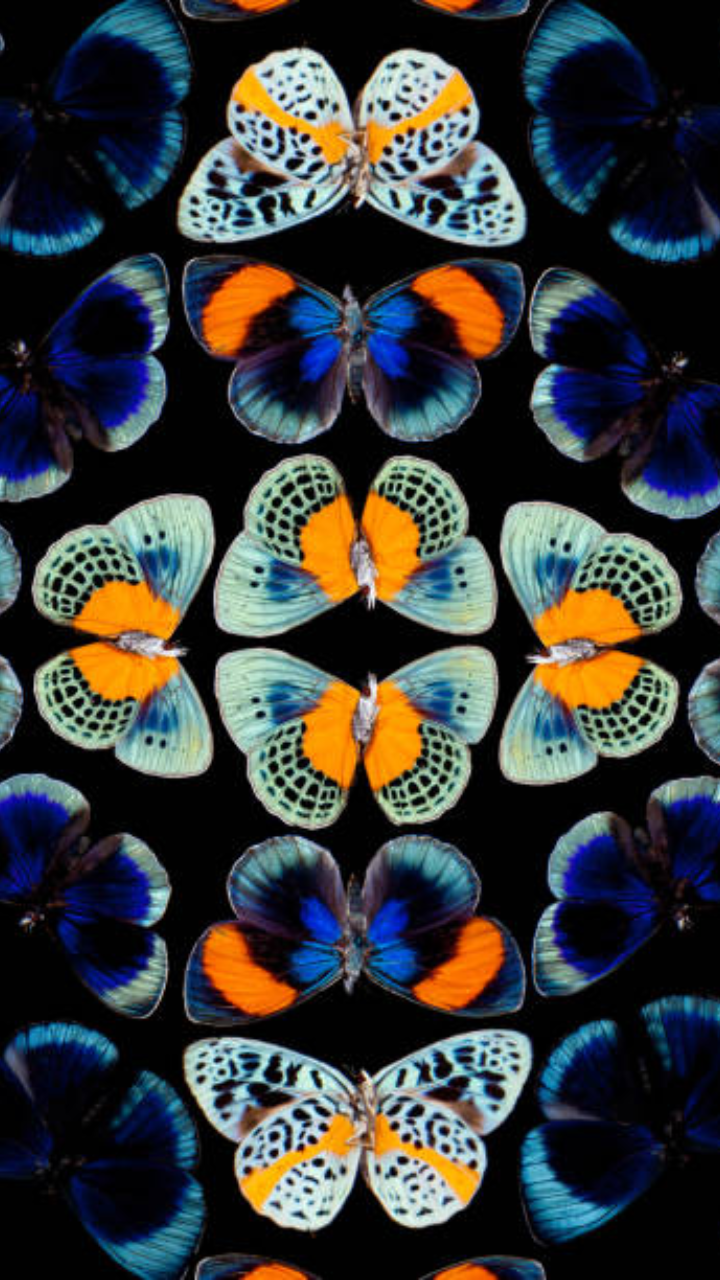Trending
This Goan neuroscientist is curing brain ailments, one invention at a time
Panaji: The curiosity about consciousness that he developed in his adolescence haunted Dr Santosh Helekar, the US-based Goan neuroscientist, throughout his academic and professional pursuits.
Helekar found some solace as he invented medically useful wearable electronic micromachines. His transcranial rotating permanent magnet stimulator (TRPMS) aids in restoring brain cell connections lost due to a stroke.
Another find, the oncomagnetic device uses magnetic stimulation to destroy cancerous brain tumours and potentially other cancers, and the more impactful sentiometer monitors unconsciousness triggered by brain damage or impairment and assesses recovery prospects along with potential mental health changes in unresponsive patients admitted to the intensive care unit (ICU).
“My interest in what’s called the problem of consciousness was ignited when I was young” said Helekar. Initially, he sought answers in scientific and medical literature—first, when he studied medicine at Goa Medical College (GMC), and during his research in Bengaluru, and later in the US, but answers remained distant.
“Though now there’s some clarity that activity within the brain causes consciousness or unconsciousness, it’s still vague. How does it work, or what is it? How does the brain control behaviour, and sense the world at the conscious level?” Helekar said.
His invention of the sentiometer and related discoveries have a role to play here. They will assist in understanding the scientific basis of consciousness and may lead to new insights into, and cures for, brain diseases and mental illnesses.
The sentiometer, he said, records a new type of activity underlying consciousness like how an ECG machine records the electrical activity of the heart. This recording of the mechanism of consciousness is conducted continually to register changes due to different conscious experiences. These experiences, including thoughts and mental imagery are reflected as bumps on the monitor.
The use of the sentiometer, Helekar said, will be crucial for assessing the depth of unconsciousness in anesthetised patients in the operation theatre.
The sentiometer, however, will serve a bigger purpose when used on comatose patients, or on those who are on life support for a prolonged period. The degree of unconsciousness in patients of severe brain trauma caused in an accident or other ways, Helekar said, presently, cannot be objectively assessed. “The sentiometer will be able to tell if such a patient stands a chance of recovery, or he/she can be declared brain dead.,” Helekar said.
The wider use of sentiometer will be possible once the FDA-approved version of the device is available in the market in a few years. It holds great promise in the medical field, but the device could also be useful in criminal investigations in future. “For its use in crime investigations, it will have to be strictly regulated to avert any possible misuse,” said Helekar.
The sentiometer was invented in 2022 and while the hospital he is associated with has already applied for a patent, Helekar said it will only be available for clinical use in two to three years after approval by the FDA.
The son of the soil, Helekar harbours a plan to have a set-up in Goa to make his discoveries available for local use as well as for training young doctors in scientific research using related technologies.

About the Author
Bindiya ChariEnd of Article
Follow Us On Social Media









